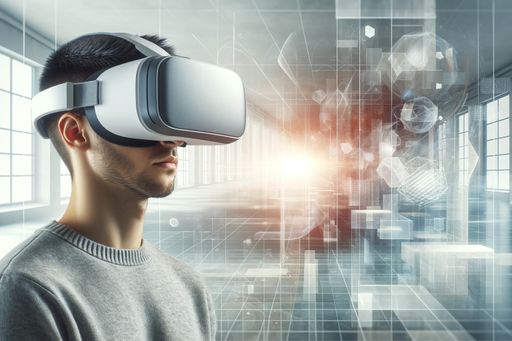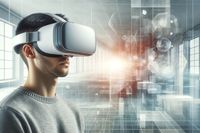Apple's Vision Pro: A Shift Towards Spatial Computing
Apple is rebranding its new Vision Pro headset as a 'spatial computing' device, signaling a change in marketing terms and its ambitions for the product.

Spatial Computing: A Revolutionary User Experience
Apple is encouraging us to think of its upcoming Vision Pro headset, set to be released on February 2, as more than just a gaming product or a competitor to Meta's Quest VR line.
Instead, the company wants to position it as a revolutionary device that will redefine the digital landscape, much like how the iPhone transformed the smartphone industry.
The Vision Pro aims to provide a unique user experience with multiple floating screens, gestural commands, mixed-reality pass-through video, and other innovative features.
The Challenge of Marketing 'Spatial Computing'
While 'spatial computing' accurately captures the vision Apple has for its headset, the term itself is not widely recognized or understood by everyday consumers.
It may sound more like an academic concept rather than an exciting new gadget.
Moreover, in an era dominated by AI advancements, the term 'computing' no longer encompasses the full scope of digital technology's impact on our lives.
Apple's Branding Power and the AI Battleground
Apple is relying on its brand power and marketing prowess to create a new market niche for the Vision Pro and differentiate it from the struggling VR sector.
However, Apple's focus on 'spatial computing' comes at a time when AI is the center of attention, with the potential of AI-powered applications captivating users, media, and investors.
While the Vision Pro may offer an ideal platform for AI-based features, Apple has been slower in embracing AI, and the current AI frenzy may overshadow its efforts in the spatial computing space.


